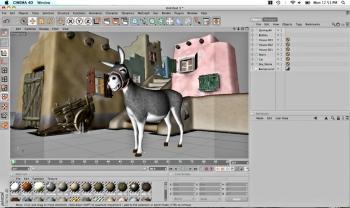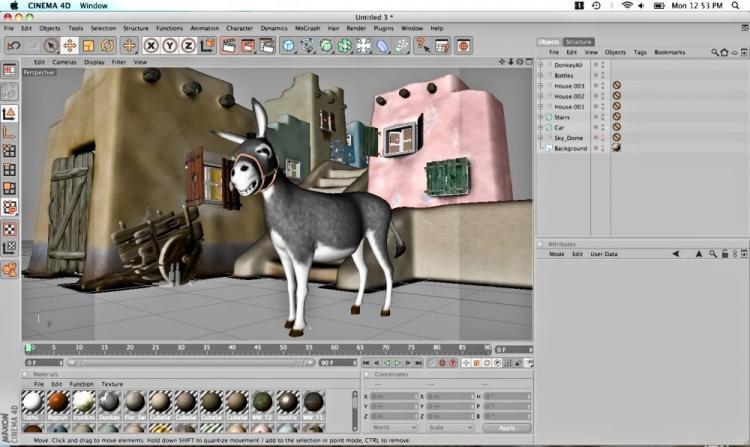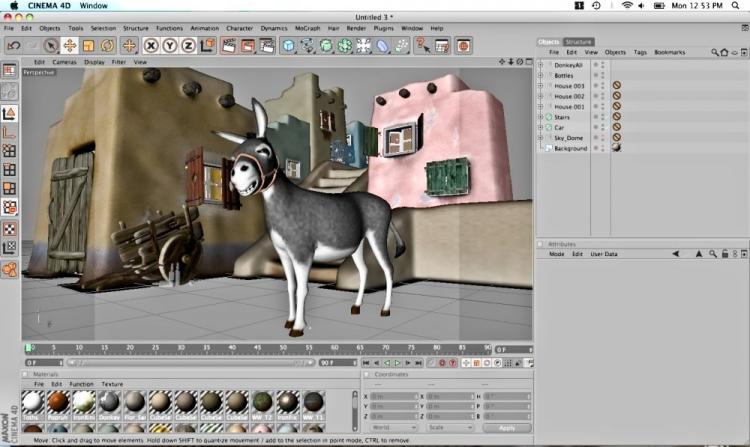3D Rendering and Animation With Cinema 4D Release 11.5 and MoGraph 2
Software development company Maxon has released Cinema 4D Release 11.5.

Provided images of a donkey and Mexican town are rendered in Maxon Cinema 4D Release 11.5. The software allows for advanced 3D rendering and animation. The Epoch Times
|Updated:
Joshua Philipp is senior investigative reporter and host of “Crossroads” at The Epoch Times. As an award-winning journalist and documentary filmmaker, his works include “The Real Story of January 6” (2022), “The Final War: The 100 Year Plot to Defeat America” (2022), and “Tracking Down the Origin of Wuhan Coronavirus” (2020).
Author’s Selected Articles






